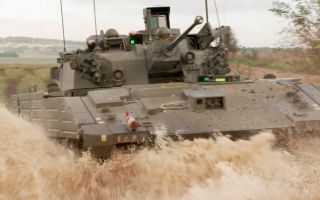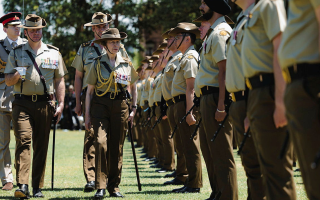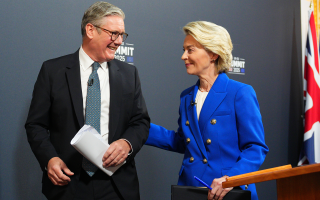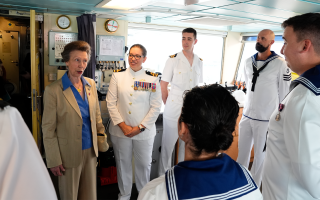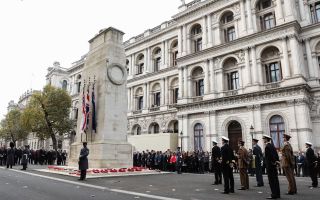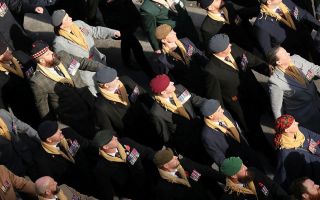Not just overseas: The 160,000 war graves hidden in plain sight across the UK
When we picture war graves, it's easy to imagine the sweeping cemeteries of northern France or the solemn stillness of Belgium's Flanders Fields.
But you may be surprised to learn that more than 160,000 Commonwealth war graves are right here in the UK – often hidden in plain sight.
Stonefall Cemetery is one of the most striking examples. Nestled on the edge of Harrogate, North Yorkshire, it's the final resting place of more than 1,000 men and women who served – and died – during the First and Second World Wars.
- Second World War triple fighter ace Clarence 'Bud' Anderson dies at the age of 102
- Royal Marines practise beach raiding drills as holidaymakers' game of football goes on
- Rare First World War codebook found in donations box sells for four figures
Stonefall is the largest Commonwealth war graves cemetery in the North of England, and yet many of Harrogate's visitors have no idea it exists.

"There are many people who don't know about sites like Stonefall," said Elizabeth Smith, public engagement coordinator at the Commonwealth War Graves Commission.
"In the seven years I've been with the commission, we've seen a real increase in public knowledge."
Elizabeth added: "With this site in particular, though, despite there being a big sign at the end of the road, many people don't know about it."
The majority of those buried at Stonefall were aircrew – young men who flew countless missions over Europe during the war from the 25 airfields scattered across North Yorkshire.
More than 100,000 sorties were launched from the region alone.
Almost every headstone bears the insignia of a Commonwealth air force – British, Canadian, Australian, New Zealander – and the personal details etched into each stone tell the story of a shared sacrifice across nations and continents.
Maintaining the dignity of these final resting places is no small task.
The Commonwealth War Graves Commission, which oversees more than a million graves across 150 countries, employs specialist teams of gardeners and stonemasons to ensure each site remains a fitting tribute.
"We have high standards to try and keep to," said gardener Tim Labert, speaking to BFBS Forces News.
"These standards are trying to be globalised throughout the world so we all look the same, whatever cemetery you go to."
Tim added: "We identify plants that work in this sort of situation. Our main job is to embellish the headstone, because the casualty is the main purpose why we are here."
Working alongside Tim across the north of England is Stuart Lambert, a stonemason whose job is to make sure all the headstones are kept erect, with the names clearly readable.
He explained how the headstones come to sites like Stonefall from a main stonemasonry facility in France.
"Basically, I do anything to do with the headstones – be it straightening them up, replacing them, putting in new foundations, some of the in-painting… anything you can think of to do with the stonework, I will do."
Stories etched in stone
Among the rows are graves that hint at remarkable – and often poignant – stories.
Elizabeth told BFBS Forces News just a few of these, including that of the Hannah brothers, whose shared sacrifice is marked just metres apart.
Or Johann, a German prisoner of war held in Harrogate, who died in 1946. Although not a member of the Commonwealth, his grave is cared for with the same dignity and respect.
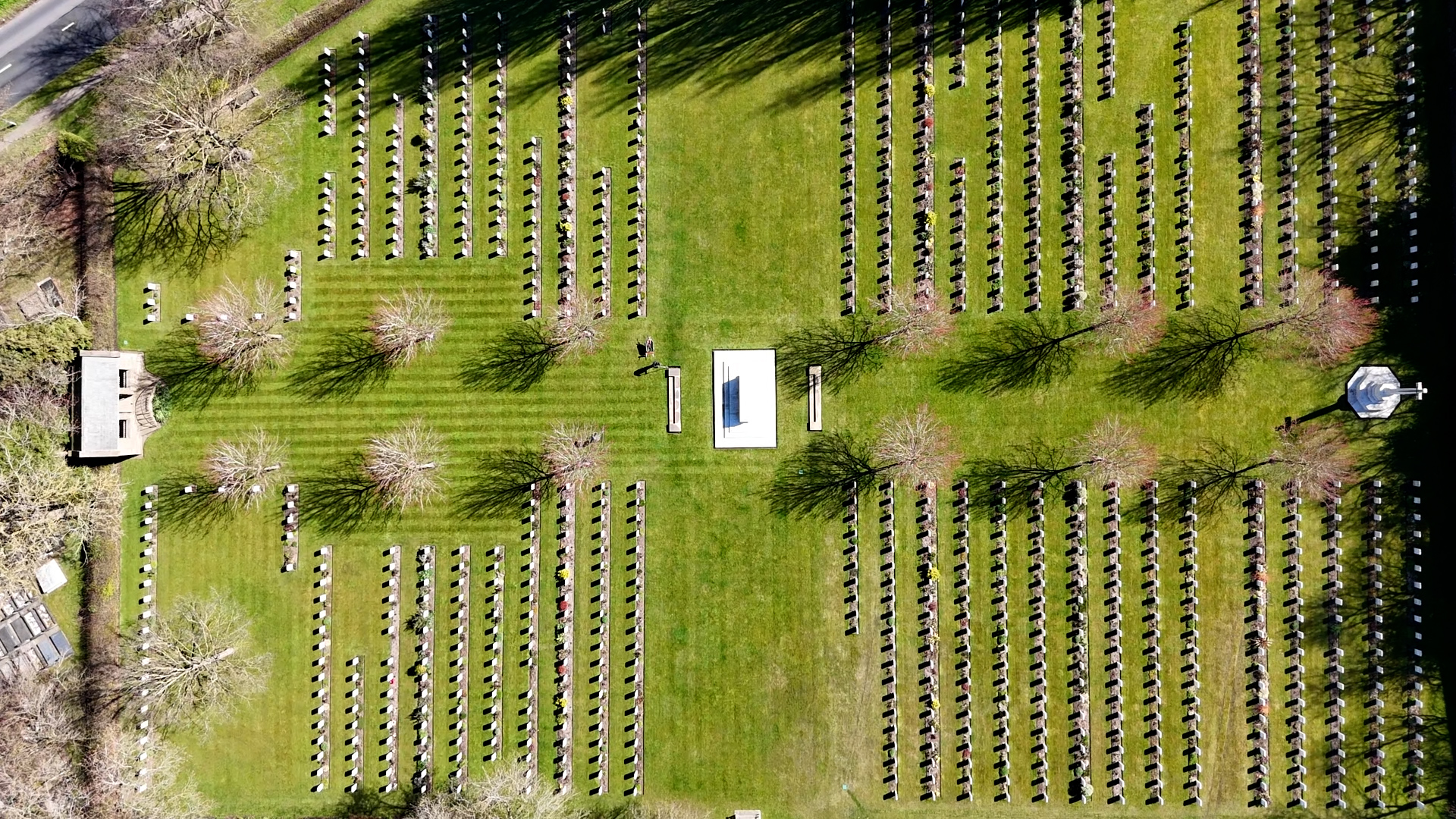
VE and VJ Day peak interest
This year, the UK commemorates 80 years since Victory in Europe (VE Day) and Victory over Japan (VJ Day), marking the end of the Second World War.
For many, these anniversaries will be a time to reflect on the sacrifices made by the greatest generation. And commemorations like these often inspire people to find out more about those who fought and died.
Sites like Stonefall provide powerful, local connections to that global conflict. They offer a place not only to remember, but also to learn – something the Commonwealth War Graves Commission is making easier through its Forever More online portal.
"It's really important for people to remember," Elizabeth said.
"The commission has a story portal now called Forever More, where families can upload the personal stories about the casualties.
"The commission has the ranks and dates of deaths, but to get those interesting facts about what somebody was like as a child, what they were working as before they were called up and all of that kind of information, it's great that families can upload that to our portal."
And with so many war graves scattered across the UK – in cemeteries, churchyards, and fields – you don't need to travel far to pay your respects.
Whether in major cities or quiet villages, these sites are a solemn reminder that war left its mark on every corner of the country.
Remembrance doesn't begin on the battlefields of Europe or the jungles of the Far East.
It begins here. At home.

